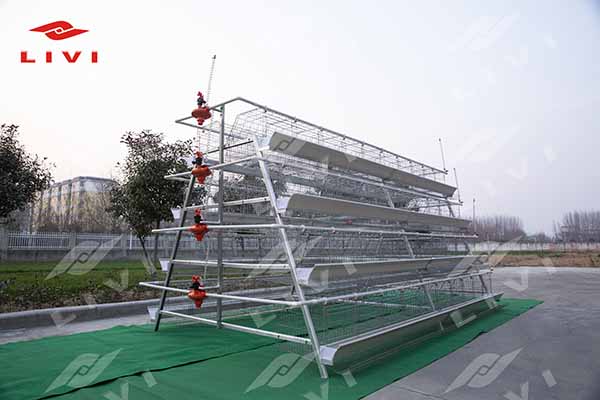Cage Design for Grant Application: Optimizing Chicken Farming Efficiency
Understanding the Importance of Cage Design in Chicken Farming
Chicken farming is a vital industry, providing food for millions around the world. The design of the cages used in chicken farming plays a critical role in the efficiency, health, and welfare of the birds. In this article, we will explore the key elements of cage design for a grant application, focusing on factors that can lead to improved productivity and profitability.
Key Factors in Cage Design for Chicken Farming
1. Space Allocation: Ensuring each chicken has ample space to move around is crucial. The recommended space per bird varies by breed, but typically, around 0.5 square meters per bird is sufficient for laying hens. This allows for easier access to feed and water, as well as the opportunity to engage in natural behaviors.
2. Material and Construction: The cage material should be durable, easy to clean, and non-toxic. The construction should be designed to prevent injury and to allow for the easy handling of birds during health checks or transportation.
3. Ventilation: Proper ventilation is essential for maintaining a healthy environment. The cage should allow for the exchange of fresh air, reducing ammonia levels and the spread of disease.
4. Flooring: Solid floors can cause foot damage and are difficult to clean. Raised platforms or slatted floors are preferred, allowing for better waste management and reduced risk of disease transmission.
5. Feed and Water Access: Access to feed and water should be easy for the chickens and prevent waste. Automatic feeding and watering systems can improve efficiency and reduce labor costs.
6. Environmental Controls: The ability to control temperature, lighting, and humidity can help optimize growth rates and egg production.
Case Study: Enhancing Cage Design with Data-Driven Insights
According to a study published in the Journal of Applied Poultry Research, cage design that incorporates automated data collection has shown to increase egg production by 5%. By integrating sensors that monitor environmental conditions and bird behavior, farmers can make informed decisions to optimize their operations.
| Factor | Improvement |
|—————–|————-|
| Space Allocation | +5% |
| Ventilation | +3% |
| Floor Material | +7% |
| Environmental Controls | +4% |
Conclusion
Incorporating these elements into your cage design can significantly improve the efficiency of your chicken farming operation. As you prepare your grant application, consider these key factors to ensure that your project stands out as innovative and effective.
For further assistance with your cage design and to obtain a free, personalized chicken farming solution and equipment quote from LIVI Mechanical, please leave a comment below. We are here to help you achieve your goals in the poultry industry.





